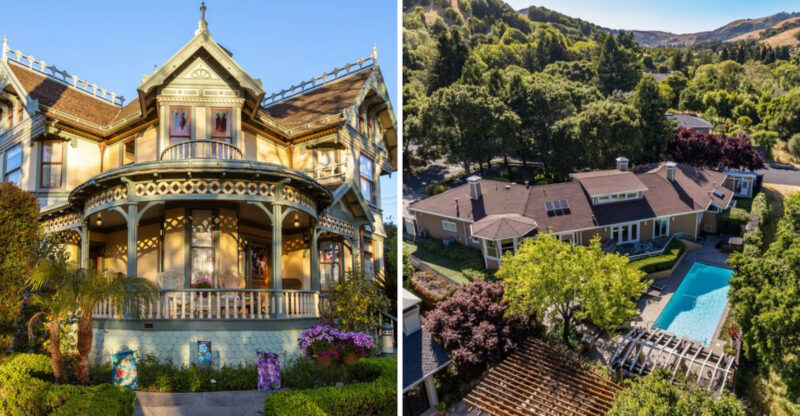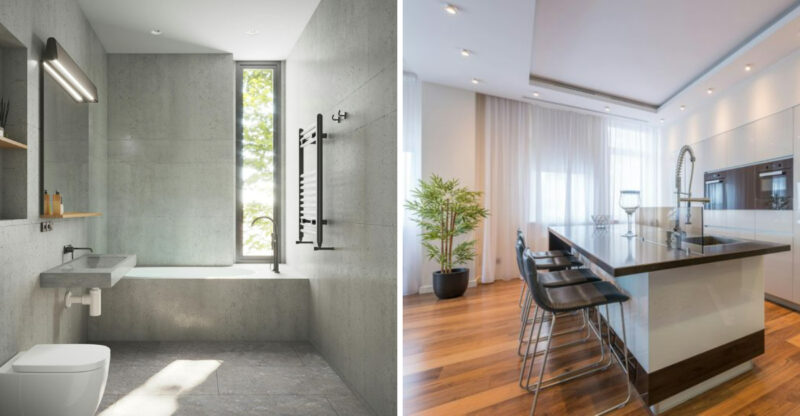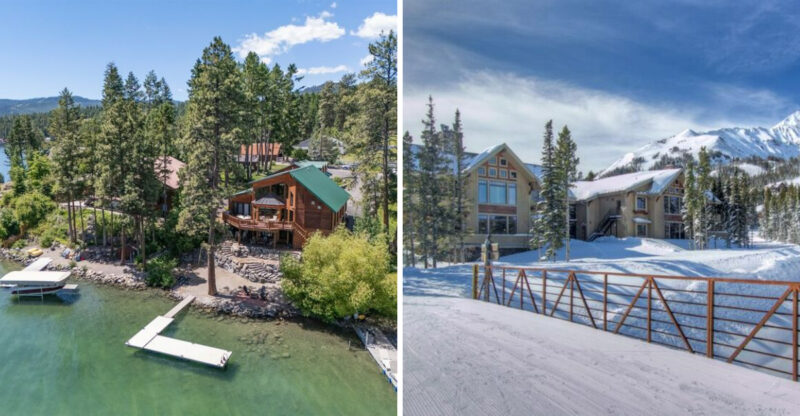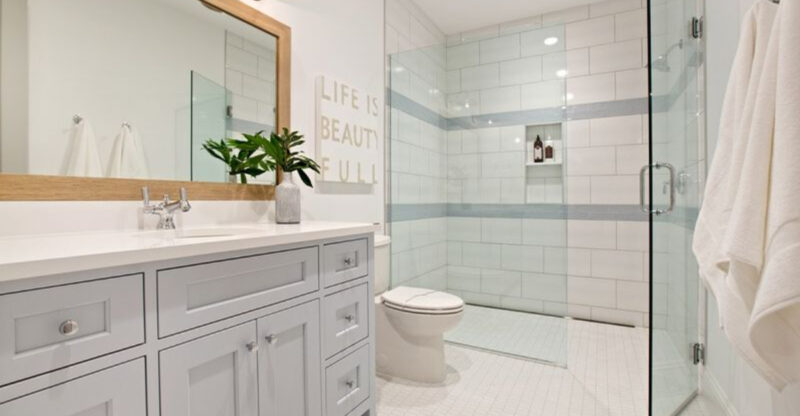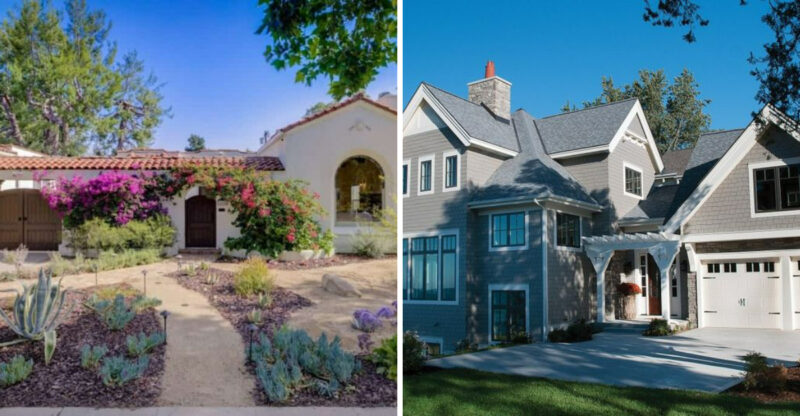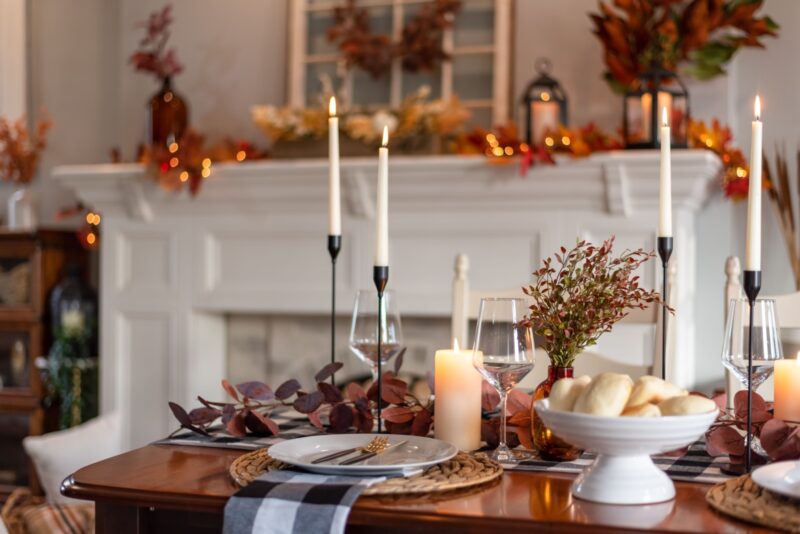14 Maryland Homes With Design Features Owners Now Regret Choosing
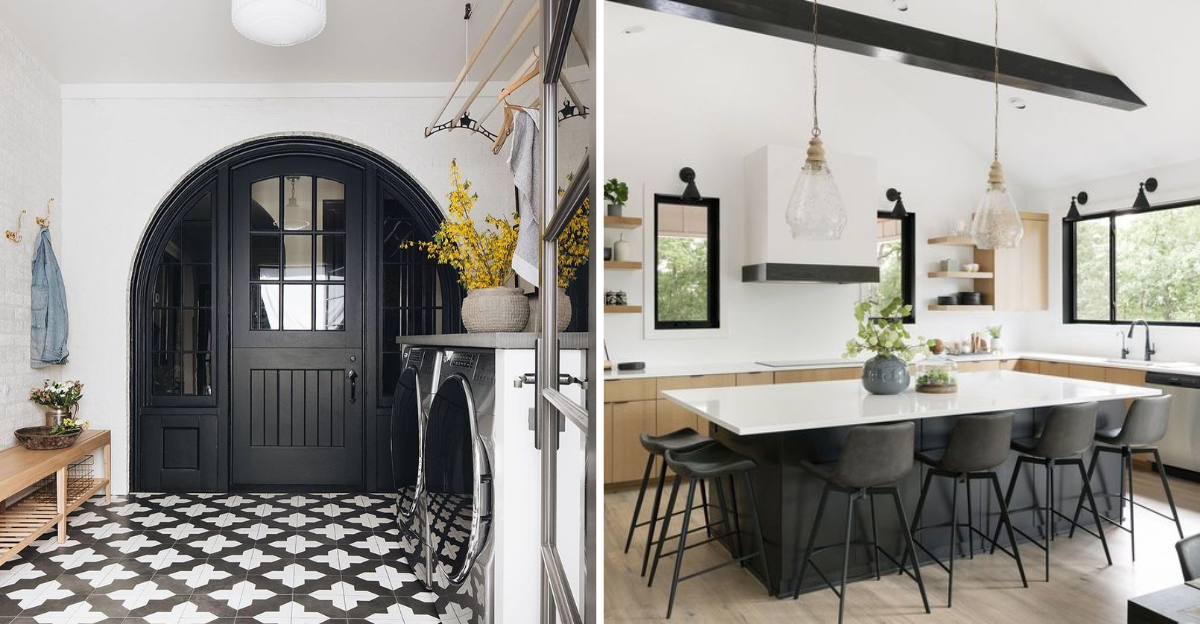
When you’re building or renovating your Maryland home, it’s easy to get swept up in trendy designs and fancy features that look amazing in magazines.
But sometimes what seems like a brilliant idea during construction turns into a daily hassle years later. I’ve talked to homeowners across Maryland who shared their biggest design regrets, from impractical kitchen choices to outdoor spaces that became maintenance nightmares.
Let me walk you through these common mistakes so you can avoid making the same ones in your own home.
1. All-White Kitchens That Show Every Smudge
White kitchens looked so clean and modern in the design magazines, but living with one is a completely different story. Every fingerprint, splash of tomato sauce, and coffee drip shows up instantly on those pristine white surfaces. I spend more time wiping down cabinets than actually enjoying my kitchen space.
Maryland’s humid summers make the problem even worse because moisture seems to attract every bit of dust and grime. The white grout between my backsplash tiles has turned grayish no matter how much I scrub. If I could go back, I’d choose warm gray or beige tones that hide everyday wear much better.
Maintenance costs add up too since professional cleaning services charge extra for detailed white kitchen work.
2. Open Shelving Instead of Upper Cabinets
How trendy those open shelves looked when I first installed them in place of traditional upper cabinets! Fast forward two years, and I’m dealing with constant dust buildup on every dish and glass. Maryland’s pollen seasons are brutal, and those floating particles settle on everything within days.
I also didn’t consider how much visual clutter open shelving creates when your dishes don’t match perfectly. You can’t just shove things away quickly when guests arrive unexpectedly. Everything needs to look Instagram-worthy at all times, which is exhausting.
The lack of enclosed storage means I’ve had to find alternative spaces for items I don’t want displayed, making my kitchen less functional overall.
3. Dark Hardwood Floors Throughout
It’s impossible to keep dark hardwood floors looking clean for more than an hour. Every speck of dust, every pet hair, and every tiny scratch shows up like a spotlight is shining on it. I thought the rich espresso color would add elegance to my Maryland home, but instead, I’m constantly sweeping and mopping.
The worst part is how quickly they show wear patterns in high-traffic areas near doorways and hallways. Within a year, the finish started looking dull in certain spots despite my careful maintenance routine.
If you have kids or pets, trust me on this one go with medium-tone floors that camouflage everyday mess much better than these dark beauties.
4. Carpet in the Master Bathroom
Did you know that carpet in bathrooms was actually a thing people requested? I certainly did, and now I’m living with the consequences of that bizarre decision. The plush carpeting around my bathtub and toilet area seemed luxurious at first, but Maryland’s humidity creates a perfect breeding ground for mold and mildew.
Water splashes from the shower soak into the fibers no matter how careful I am. The carpet never fully dries, leaving a perpetually damp smell that air fresheners can’t mask. Cleaning it properly requires professional equipment, which I have to rent quarterly.
Replacing it with tile is now on my renovation list, but tearing out glued-down carpet is expensive and time-consuming.
5. Trendy Barn Doors Everywhere
Barn doors seemed like the perfect farmhouse-chic addition to my Maryland home, so I installed them on bedrooms, bathrooms, and even the laundry room. Big mistake. They don’t seal properly, which means zero sound privacy and light leaks through the gaps at all hours.
When someone’s using the bathroom, everyone nearby can hear everything not exactly ideal for family life or houseguests. The hardware also gets stuck frequently, requiring constant adjustments and maintenance. My kids have pinched their fingers multiple times in the exposed track mechanism.
Traditional doors with proper latches and weatherstripping would have been far more practical, even if they’re less photogenic for social media posts.
6. Jacuzzi Tubs Nobody Uses
When designing my master bath, that oversized jacuzzi tub seemed like the ultimate luxury feature I’d use constantly. Reality check: I’ve used it maybe three times in five years. It takes forever to fill, uses an enormous amount of hot water, and cleaning all those jets is a nightmare.
Maryland’s water costs aren’t cheap, and filling a 60-gallon tub regularly would make my utility bills skyrocket. The tub takes up valuable square footage that could have been used for a larger shower or more storage.
Now it mostly serves as a decorative element that I wipe down weekly to prevent dust buildup, which feels like a waste of space and money.
7. All-Gray Color Schemes
Gray was supposed to be the sophisticated neutral that would make my Maryland home feel modern and timeless. Instead, my entire house feels cold, sterile, and kind of depressing, especially during our long winter months. Every room blends together in a monotonous sea of gray tones.
I didn’t account for how Maryland’s cloudy days would make the gray look even more washed out and dreary. The lack of warm accent colors makes the space feel more like a doctor’s office than a cozy home.
Adding warmth back through furniture and decor has been expensive, and I’m now planning to repaint several rooms in warmer beiges and soft creams to bring life back into my spaces.
8. High-Maintenance Stone Countertops
Though marble countertops looked absolutely stunning in the showroom, maintaining them in real life has become my full-time job. Every drop of lemon juice, wine, or tomato sauce leaves an etch mark or stain that requires immediate attention. I can’t even set a hot pan down without worrying about damage.
The sealing process needs to happen every few months to protect the porous stone, which costs money and time. Maryland’s hard water also leaves mineral deposits that are tough to remove without special cleaners.
If I were choosing again, I’d go with quartz or granite that looks beautiful but doesn’t require such neurotic care and constant vigilance during everyday cooking activities.
9. Overly Complicated Smart Home Systems
Are you ready for the truth about smart home technology? I went all-in with automated lights, thermostats, locks, security cameras, and appliances that all require different apps and systems. Now I need a manual just to turn on my living room lights when the WiFi goes down.
The various systems don’t communicate with each other properly, creating a frustrating patchwork of technology. Updates constantly break features that were working fine, and troubleshooting requires hours on customer service calls. My elderly parents can’t visit and operate basic functions without my help.
A simpler system with just a few key automated features would have been far more practical and user-friendly for daily living in my Maryland home.
10. Massive Kitchen Islands That Block Flow
How could something as useful as a kitchen island become a regret? Simple: I made mine way too big for the actual space. My designer convinced me that bigger was better, but now I constantly bump into corners and struggle to open the dishwasher fully.
The island blocks the natural flow between my fridge, stove, and sink, making cooking more frustrating than functional. Guests at parties get trapped on one side with no easy way to circulate through the kitchen.
Maryland building codes require certain clearances that I technically met, but barely and those minimum measurements don’t account for real-life comfort. A smaller island would have left breathing room and made my kitchen actually enjoyable to work in daily.
11. Trendy Geometric Tile Patterns
When I chose those bold geometric tiles for my bathroom floor, I thought I was making a timeless design statement. Two years later, the busy pattern gives me a headache every morning and already looks dated. Trends move fast, and what was hip yesterday feels tired today.
The complex pattern also makes the small bathroom feel even more cramped and visually chaotic. Cleaning the grout lines between all those tiny tiles takes forever, and Maryland’s humidity causes mildew to develop in the crevices.
Classic subway tiles or simple large-format tiles would have been smarter choices that age gracefully. Now I’m stuck with a bathroom floor that screams 2019 and will require expensive replacement sooner than necessary.
12. Poorly Planned Mudrooms Without Enough Storage
If you’re building a Maryland home, learn from my mistake and make your mudroom twice as big as you think you need. I allocated a tiny 4×6 space with a few hooks and one small bench, thinking it would be plenty for our family of four.
Reality hit hard when winter coats, rain boots, backpacks, sports equipment, and dog supplies all needed homes. Everything ends up in piles on the floor because there’s simply nowhere to put it all. The lack of proper cubbies and closed storage makes the entryway look perpetually messy.
Maryland’s variable weather means we need storage for multiple seasons of gear simultaneously, which my inadequate mudroom can’t handle at all.
13. Black Fixtures That Show Water Spots
It’s no secret that matte black faucets and fixtures are everywhere right now, and I jumped on that bandwagon hard. My bathroom and kitchen are outfitted with black hardware that looked incredible for about a week. Then Maryland’s hard water started leaving white mineral deposits and water spots on every surface.
The matte finish makes these marks even more visible than they’d be on chrome or brushed nickel. I’m wiping down faucets multiple times daily just to keep them from looking filthy. Special cleaners designed for black fixtures are expensive and not always effective.
Chrome fixtures would have hidden these issues much better while still looking modern and clean with minimal effort on my part.
14. Expansive Decks Without Considering Maintenance
Did I think about the maintenance required for a 600-square-foot wooden deck when I built it? Absolutely not. I just imagined endless summer barbecues and relaxing evenings outdoors. Maryland’s weather cycles of hot summers, freezing winters, and constant humidity destroy wood decking faster than you’d believe.
The deck needs power washing, staining, and sealing annually, which costs over a thousand dollars if I hire professionals. Boards have already started warping and splintering after just three years. Replacing damaged sections is an ongoing expense I didn’t budget for.
Composite decking would have cost more upfront but required virtually zero maintenance over its lifetime, making it the smarter long-term investment for Maryland’s challenging climate conditions.

